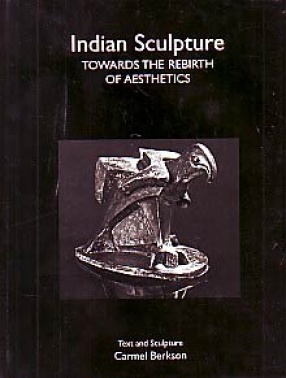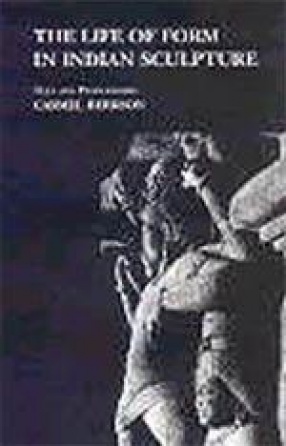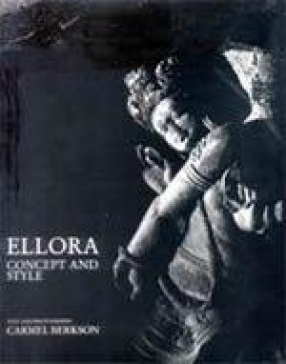
Showing all 5 books





Recently, ancient Indian sculpture has entered into the mainstream of world art scholarship and has been approached from many different perspectives. However, little has concretely been said about the creative processes and the universal will to fork structures as it is manifested in the great body of ancient and medieval stone sculpture. In fact, the mental and psychic world of the ancient chief architect and the artists working under his direction and their ...

Of the many images of divine female power in Hindu iconography, the strongest is arguably that of the Goddess Durga slaying the Buffalo-demon, Mahisa. Basing her discussion on the classical Hindu version of this legend, Carmel Berkson intersperses her analysis of the psychological meaning of the narrative with observations of how the present-day attitudes and behaviour of Hindu men bear out such an interpretation. Hailed as an 'encyclopaedic work' in a foreword ...

During the sixth to the ninth centuries CE, the fundamental beliefs of Hindus, Buddhists and Jains were symbolically concretized in the architectural and sculptural multiplicity of form life in the thirty four rock-cut temples at Ellora in India. This volume is the first coordinative treatment of the ways in which the artists integrated concept, style, narrative, emotional states and the aesthetic qualities of the imagery which are are ultimately resolved into a ...

Three descriptive essays and numerous fascinating photographs, taken especially for this volume, allow the reader to experience a major monument of Indian art: the sixth-century temple cave on Elephanta Island, in Bombay harbor, and its extraordinary stone sculptures. The authors and the photographer capture the atmosphere of the cave and the spirit of the sculptures, which portray the relentless energy and paradoxical power of Shiva, greatest of all Hindu Gods. ...
